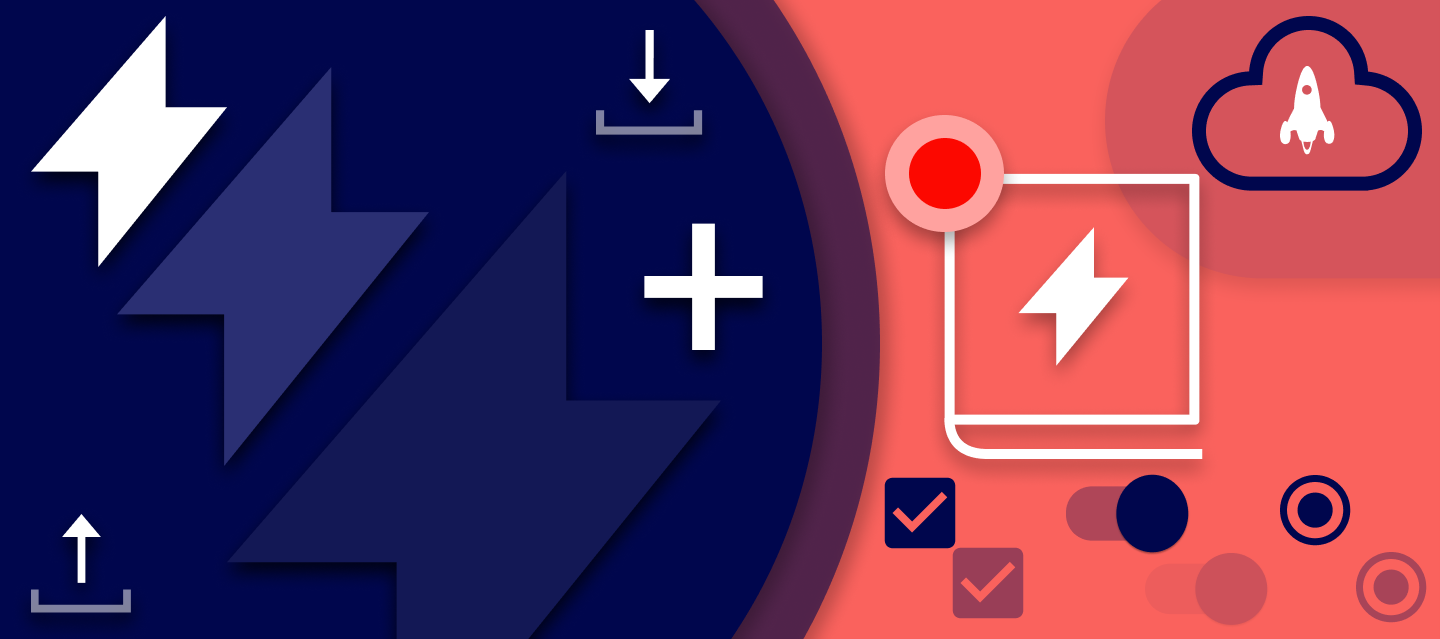

Of course, this is pretty niche but it does show how far you can go with ProtoPie! You can make prototypes for anything.įor the advanced prototypers, you can make prototypes that communicate with each other as well as with hardware. Create interactions in ProtoPie the same way you'd explain these with words. Instead, apply the one you use already use every day: natural language. I’ve played around briefly with both, and my personal fave is ProtoPie - though my biggest concern is that when talking about skill development, it’s not as popular yet, so I. It’s meant for anything digital–mobile, desktop, web, IoT. There is no need to learn and adopt new mental models. Principle seems to be the industry standard, but ProtoPie is quickly gaining popularity with it’s (in my opinion) way simpler and structured approach to animation. No dragging and dropping, pushing buttons, or connecting dots here in Framer you will have to. Think of text input, camera, haptic feedback, sensors, media playback – all of these things make your prototypes very realistic, and you don’t have to “fake around” to get your ideas across. Framer Studio is a prototyping application for Mac, but Framer.js only needs Safari or Chrome. You can create dynamic interactions using variables, formulas, and conditions. Simply, you have a higher degree of expressiveness. ProtoPie allows you to upload prototypes to the cloud, share them, and test them in the desktop browser. ProtoPie allows you to test prototypes on iOS and Android. Flinto: Which Is the Best Prototyping Tool on the Market Iulia Sorodoc 12 min read. As the Senior Product Designer at Resn, I took ownership of the design for a companion app built for OxeFit, a company disrupting the home gym market with its XS1. It’s always about creating interactions by putting objects, triggers, and responses together. ProtoPie is focused on interaction design and the conceptual model of the tool supports this. I originally tried it because I had an Android-only freelance project for which I couldn't use Principle, but I've stuck with it because of all of those other things I like about it.Give ProtoPie a try if you care about making smooth realistic interactions for mobile or another type of digital product. This is a more classic way of animating and will be familiar to you if you’ve used tools. I also like that it's cross-platform (Android / iOS). When youre done granting access, you can close the browser window, or click the Go to ProtoPie button to open the ProtoPie app. In ProtoPie we don’t animate between a start and end state but instead change properties over time. Import your design and immediately start to add interaction and animation.
#Protopie vs framer generator
Framer Generator is a desktop app that imports the resources and folder hierarchy from Photoshop files (Sketch coming soon).
#Protopie vs framer full
Aside from things where I want a finer level of control over the interaction (for which ProtoPie works better), I also find myself using ProtoPie more when there is a prototype with a lot of similar actions, because I can simply copy/paste each interaction and tweak it as needed, versus Principle, where you end up with a million artboards that whose interactions become increasingly difficult to manage Framer is a JavaScript framework that makes creating realistic prototypes a breeze complete with filters, spring physics and full 3D effects. Something I find much better than Principle is that you can copy and paste attributes from one interaction onto another. I find that compared to Principle, it offers a much higher level of control over what happens in your prototype, and with the resources available on ProtoPie's site, the learning curve is pretty short. Framer is a prototyping tool, as well as Marvel, Proto.io, InVision, and ProtoPie, therefore mostly used for creating interactive prototypes the model of the. Framer is a JavaScript framework that makes creating realistic prototypes a breeze complete with filters, spring physics and full 3D effects. You have strong analytical and problem-solving skills with the.

That said, I find that it does a great job of filling the gap between Principle and Framer. You are familiar with rapid prototyping tools like ProtoPie, Framer, Adobe XD or similar. You’ll eventually find, you’ll need multiple tools in your toolbox. Also, the UI feels clunky compared to tools like Principle or Framer. That said, ProtoPie is a beautiful super powered tool for app prototyping, instead of faking interactions really using the devices hardware for some really awesome proof of concept work. It's missing a lot of features, like the ones Dragos pointed out.


 0 kommentar(er)
0 kommentar(er)
